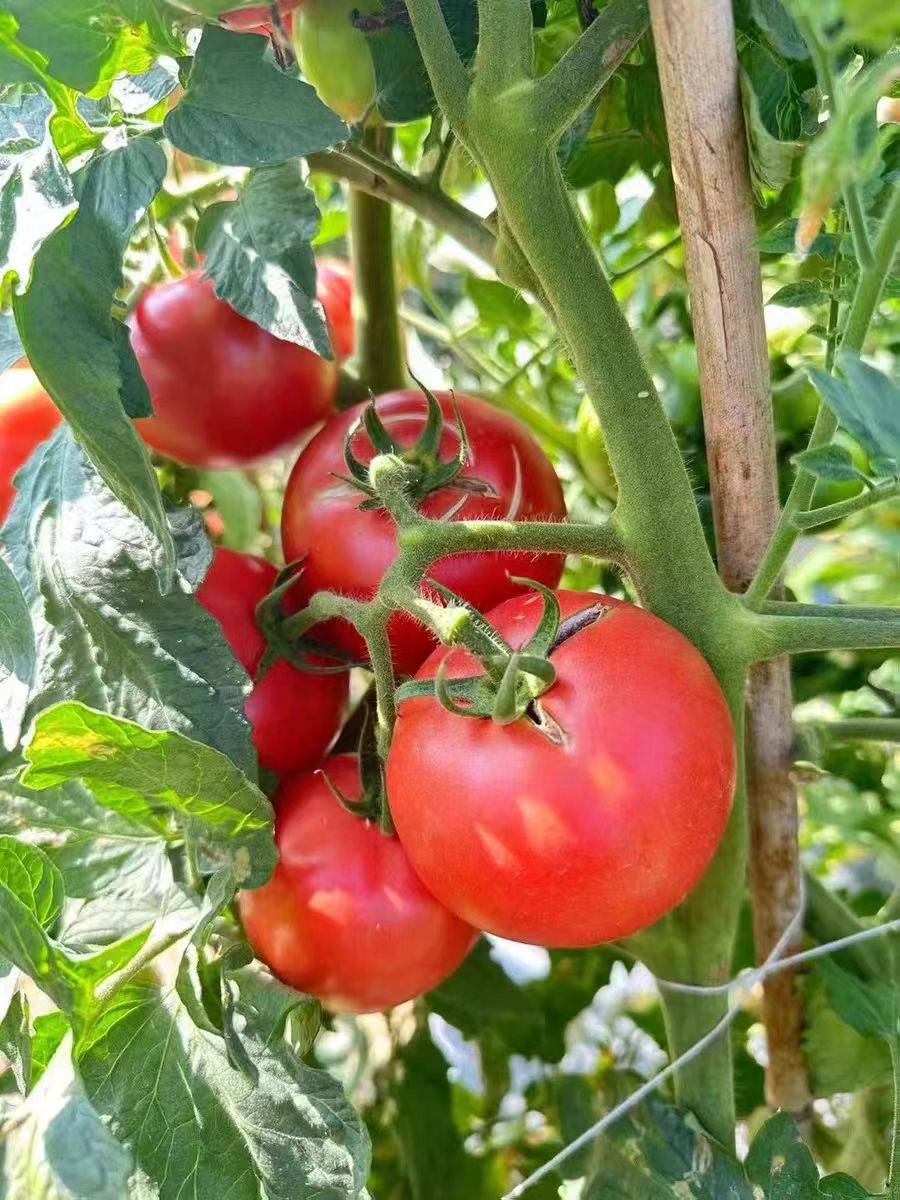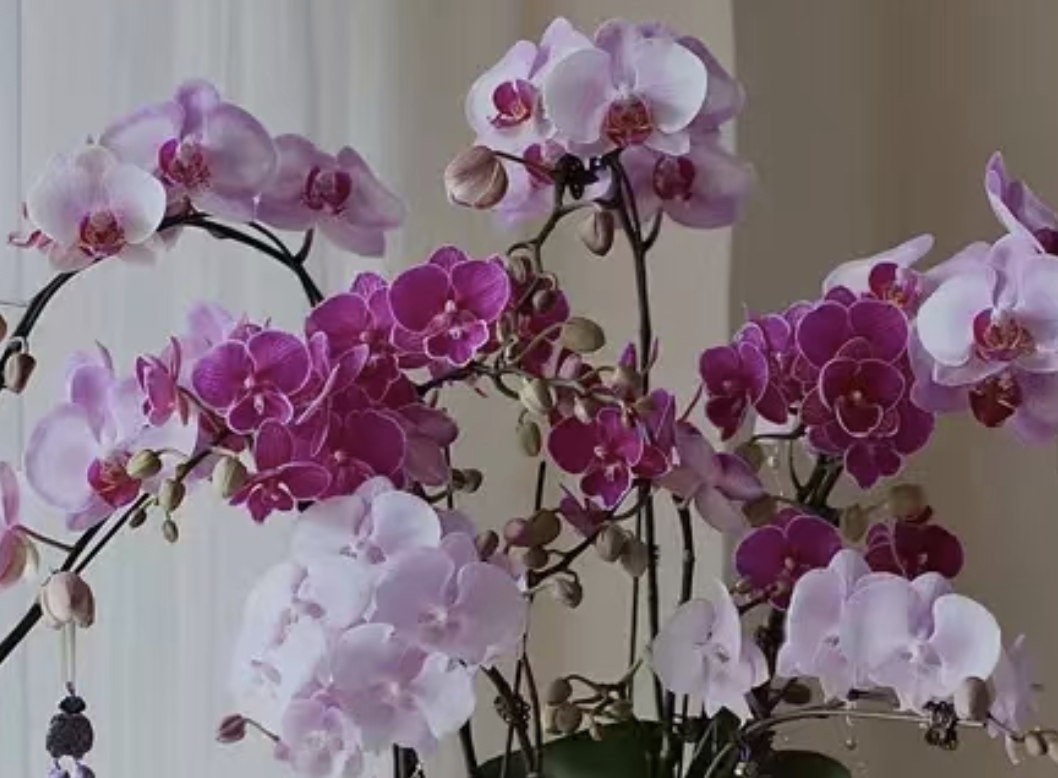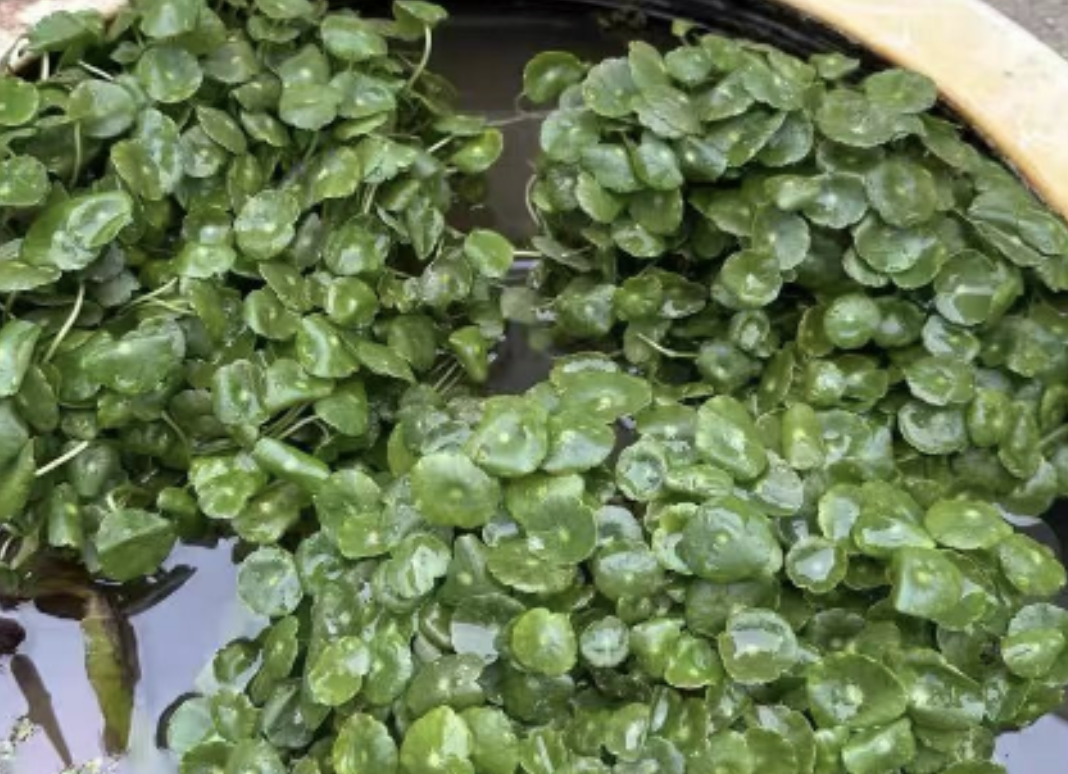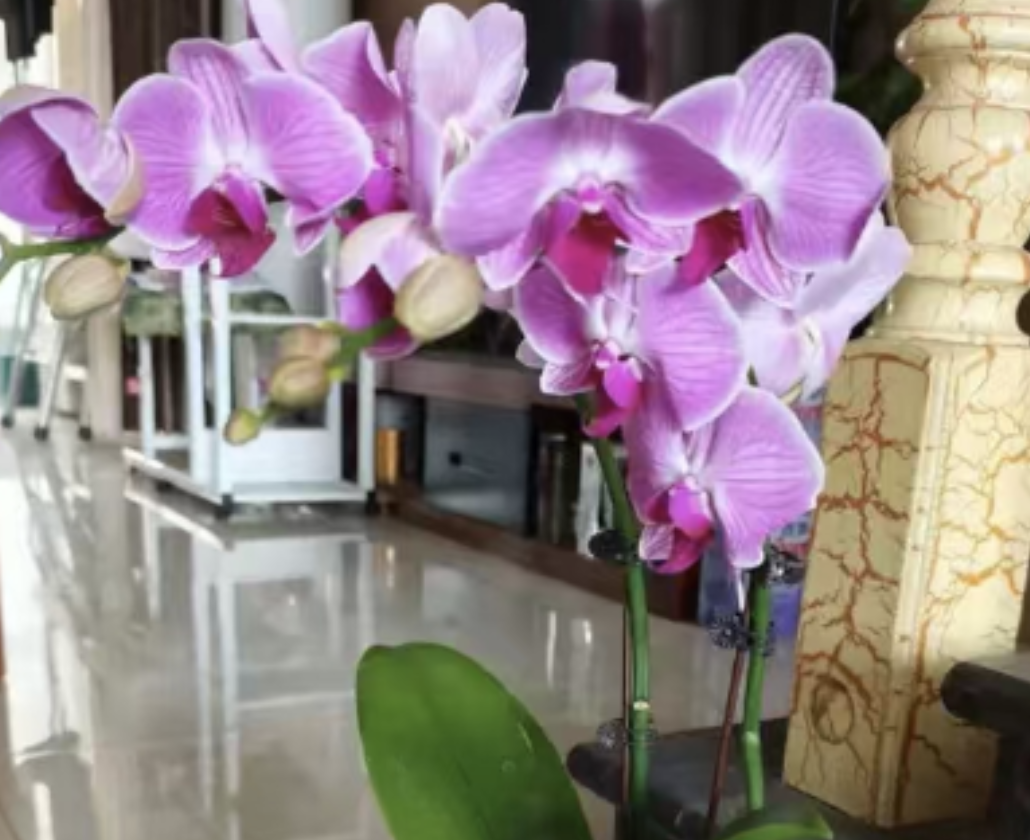When growing big red tomatoes at home, many people may wonder: the seedlings are growing well, why does transplantation have to be done? In fact, transplantation is a key step in tomato cultivation and offers many benefits for tomato growth.
Tomato seeds are generally first sown in small flower pots or seedling trays. In the early stage, the seedlings are small, and the space is sufficient. However, when they grow 2-3 true leaves, their root systems begin to grow rapidly. The main root will strive to drill downward, and the fibrous roots will densely spread around. If the pots are not changed at this point, the roots will become tangled in the small pots, just like us being unable to move freely in a cramped space, and their ability to absorb nutrients will also deteriorate. Therefore, they need to be timely transplanted into large flower pots or planting boxes with a diameter of 20-30 cm. This allows the root systems to stretch out, the main roots to grow deeper, and the fibrous roots to become more vigorous, forming a strong root network, which will make the tomato plants grow stronger in the future.
There is another benefit that people may not have expected: when transplanting tomato seedlings, their root systems will suffer slight damage. Don't worry—this is actually a good thing. Just as people can become stronger after experiencing small setbacks, tomato seedlings will temporarily slow down the growth of stems and leaves, redirecting more nutrients to flower bud differentiation.
After talking about the benefits of transplantation, let's discuss how to water after transplantation. Watering is a technical task, and the methods vary at different stages—we need to adjust them according to the growth of tomatoes.
On the day of transplantation, one important thing to do is to water sufficiently with settling water. One day before transplantation, water the seedling trays thoroughly so that when removing the seedlings, they can be taken out with soil clumps, reducing damage to the root systems.
In the next 1-7 days, the tomatoes will be in the seedling recovery period. At this time, the seedlings have not fully adapted to the new environment, and their root systems have weak water absorption capacity. Therefore, do not water too much—just keep the substrate slightly dry and moist.
Seven days after transplantation, if new leaves are seen on the seedlings, it means they have passed the seedling recovery period and entered the recovery stage. At this time, watering can follow the principle of "watering when dry, stopping when wet," that is, water when the surface soil is completely dry, white, and cracked, and each time water thoroughly until it flows out from the bottom of the pot.
During the flowering and fruit-setting period, watering needs to be more meticulous. When the first flower cluster blooms, if the soil is too wet, the stems and leaves will easily grow excessively, competing with flowers and fruits for nutrients; if it is too dry, it will cause flower drop. Therefore, the soil moisture should be kept at 60%-70%—the soil should form a clump when pinched by hand and not fall apart when released.
As long as we master these transplantation and watering techniques and flexibly adjust management measures according to home environments such as balcony light and indoor temperature and humidity, the big red tomatoes grown at home will grow robustly, bear more flowers and fruits, and we can taste our own delicious tomatoes early.
Should big red tomatoes be transplanted at home? And why?

Share with
Tagged in :




Leave a Reply